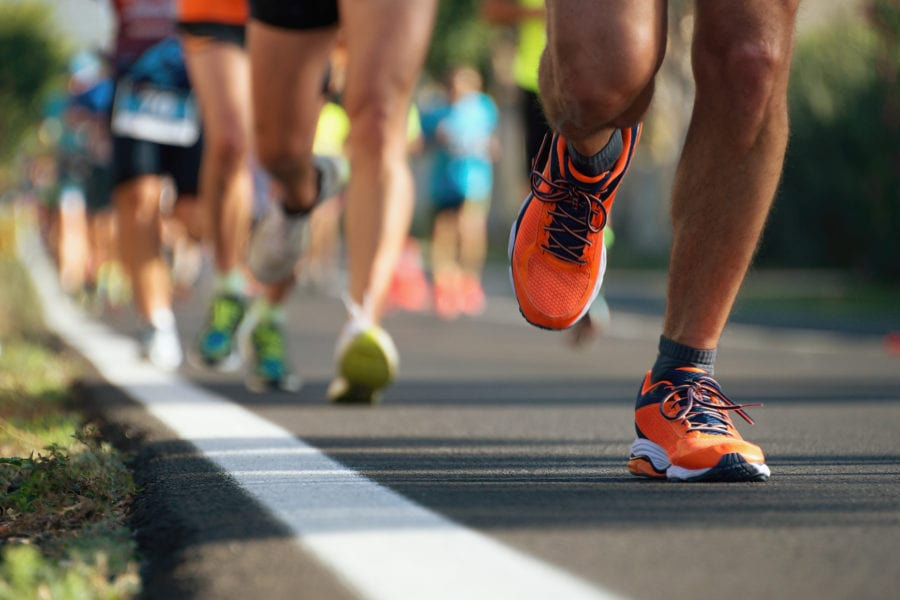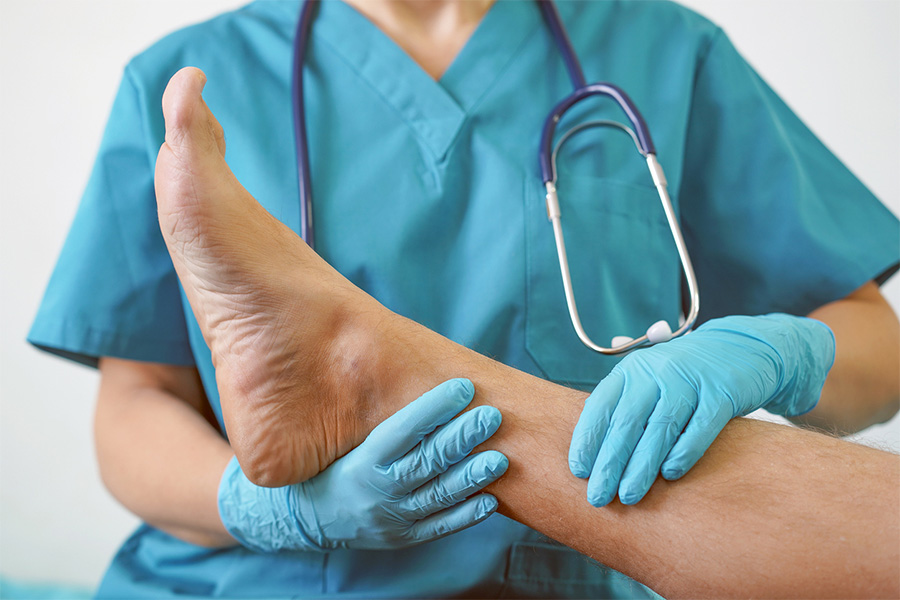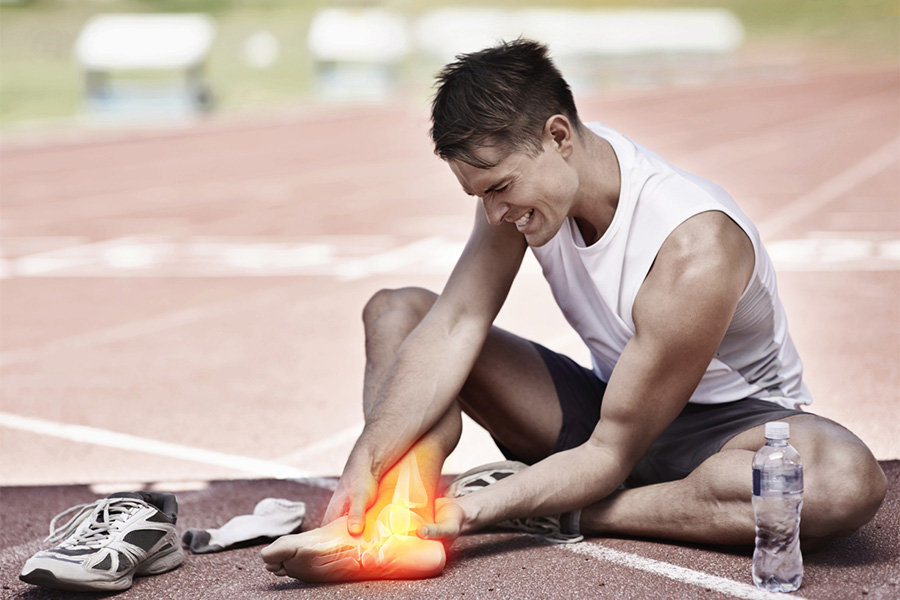Training to complete a marathon is a fantastic goal – and a huge commitment. After all, running 26.2 miles in one stretch can take a toll, even on the fittest amongst us, so proper training is imperative. With so much at stake, one might think that training for a marathon would require the most sturdy, strong and comfortable pair of running shoes. So why then are so many runners opting to train either barefoot, or in minimally supportive “barefoot” or “minimalist” running shoes? If you are considering training barefoot or in minimalist shoes – whether you are an experienced or novice marathoner – it’s important to understand what you may be committing to. Here’s what you need to know if you are thinking about running barefoot.
Barefoot: Not a new trend
Running barefoot is not a new phenomenon. In fact, some of the world’s most successful marathoners train and race barefoot. In the late-1970s during the height of the running boom, a movement got underway to return to more natural running, which proponents claimed offered a more natural gait and liberating sensation. More recently, well-known running shoe manufactures like New Balance and Nike have begun offering shoes that closely mimic the barefoot-running experience. Unlike traditional running shoes with their wide toe boxes, arch support and lush cushioning, these “barefoot” or “minimalist” shoes are extremely flexible, offer little to no cushioning, and are meant to fit like a glove. As a matter of fact, shoes made by Vibram have separate toe pockets that allow each toe to flex individually and feel more like gloves for your feet than shoes.
Benefits of Training Barefoot
Benefits of training barefoot or in minimalist shoes include:
- Increased awareness of your body and how it moves. The sensory input your brain receives from an unencumbered foot provides prioceptive feedback, meaning you are more in tune to your body’s natural balance and movement. This often translates to a more efficient and comfortable stride.
- Stronger, more flexible feet. Barefoot training works the muscles in your feet so much more without the external support of shoes, resulting in stronger and more flexible feet that work to improve your range of motion.
- Improved ankle stability. Studies show that athletes who train barefoot with proper instruction are able to improve their speed, agility and ankle stability.
- Better awareness of your body’s weak points. Those who opt to train or run barefoot are more likely to recognize injuries or concerns regarding their feet, ankles, knees and hips.
Is barefoot training right for you?
Making the decision to train for a race like a marathon is a big one; deciding to train barefoot is another. Even before you start to acclimate your feet to running barefoot or in minimalist shoes, you will need to have healthy, flexible feet with tough, calloused soles. Expect to re-evaluate your stride and take the process slowly, perhaps seeking the advice of a long-distance running coach. Most importantly, before you cast away your traditional running shoes, you will need to seek the input of a seasoned podiatrist. Chances are if you have a history of foot issues like plantar fasciitis, tendonitis, bunions or stress fractures, or you are diabetic, you will want to consult a medical expert to help you determine if barefoot running will be beneficial in the long run.
Cincinnati’s Best Podiatrists are a Click Away
Whether you are a marathoner or running to keep up with a busy schedule, the highly trained and experienced professionals at Cincinnati Foot & Ankle Care are committed to providing world-class foot and ankle care for patients of all ages. With accommodating office hours and 18 convenient locations throughout greater Cincinnati, we offer same- and next-day appointments for urgent concerns, as well as long-term care for chronic conditions and consultations. Planning to train for a marathon? Our team of expert physicians and staff can ensure you get off on the right foot. If you have foot or ankle concerns, reach out to us today.





